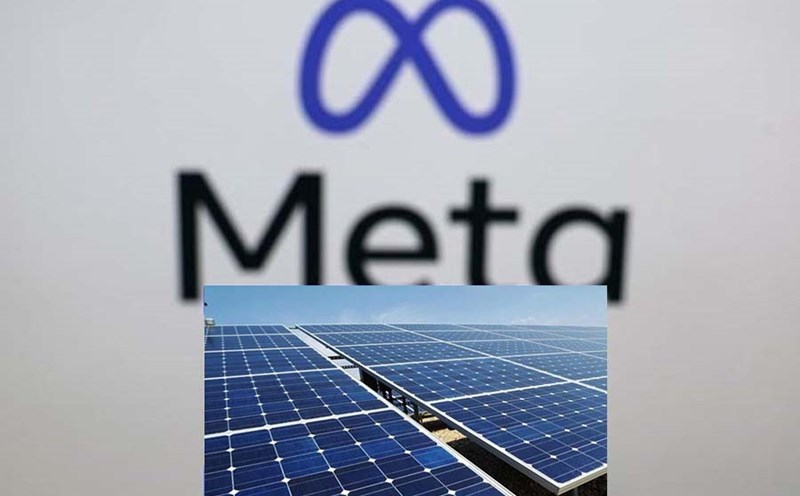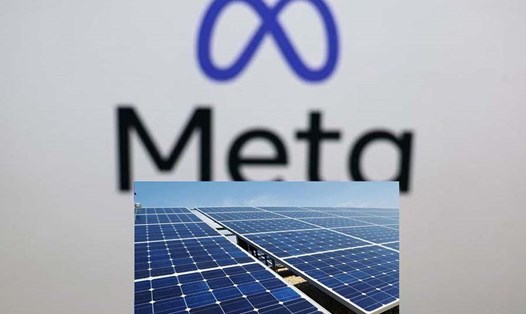Recently, Google CEO Sundar Pichai announced the Suncatcher project, a "breakthrough in research" to deploy satellites equipped with Google's custom tensor processors, which have fueled many of their AI models.
"In spiring our history of space exploration, from quantum computers to autonomous vehicles, the Suncatcher project is exploring how one day we can build machine learning systems that can expand in space, harnessing more energy from the sun," Pichai said on social network X.
Pichai added that the sun emits more than 100 trillion times of total electricity output of humanity and Google plans to launch two prototype satellites by early 2027, each carrying the Trillium generation TPU - Google Cloud's sixth-generation artificial intelligence (AI) accelerator to test their performance on low-altitude Earth orbit.
If it overcomes technical challenges such as temperature control, solar-powered satellites connected by optical linkages to exchange data, Google can solve the problem of data centers in space, which can operate without consuming electricity and water on Earth.
Google's analysis also shows that by mid-2030, the cost of launching missiles could drop below $200/kg, which could make it cheaper to put a data center in space than building a center on Earth.
Google is not the only company pursuing this idea. Elon Musk, owner of SpaceX, told X on October 31 that the missile company could build data centers for AI in space, while a startup called Starcloud launched the first satellite equipped with Nvidia GPUs in early November.











